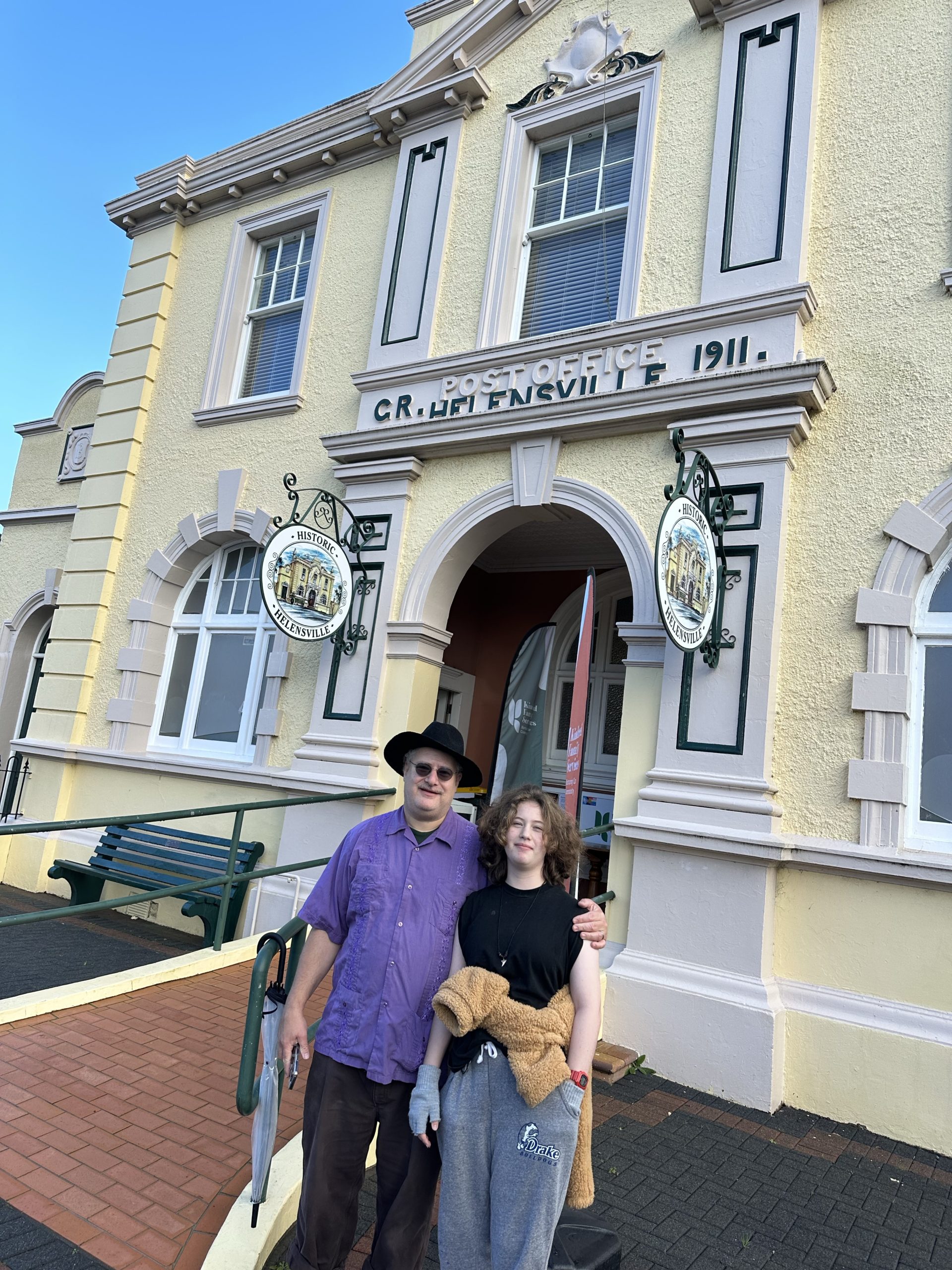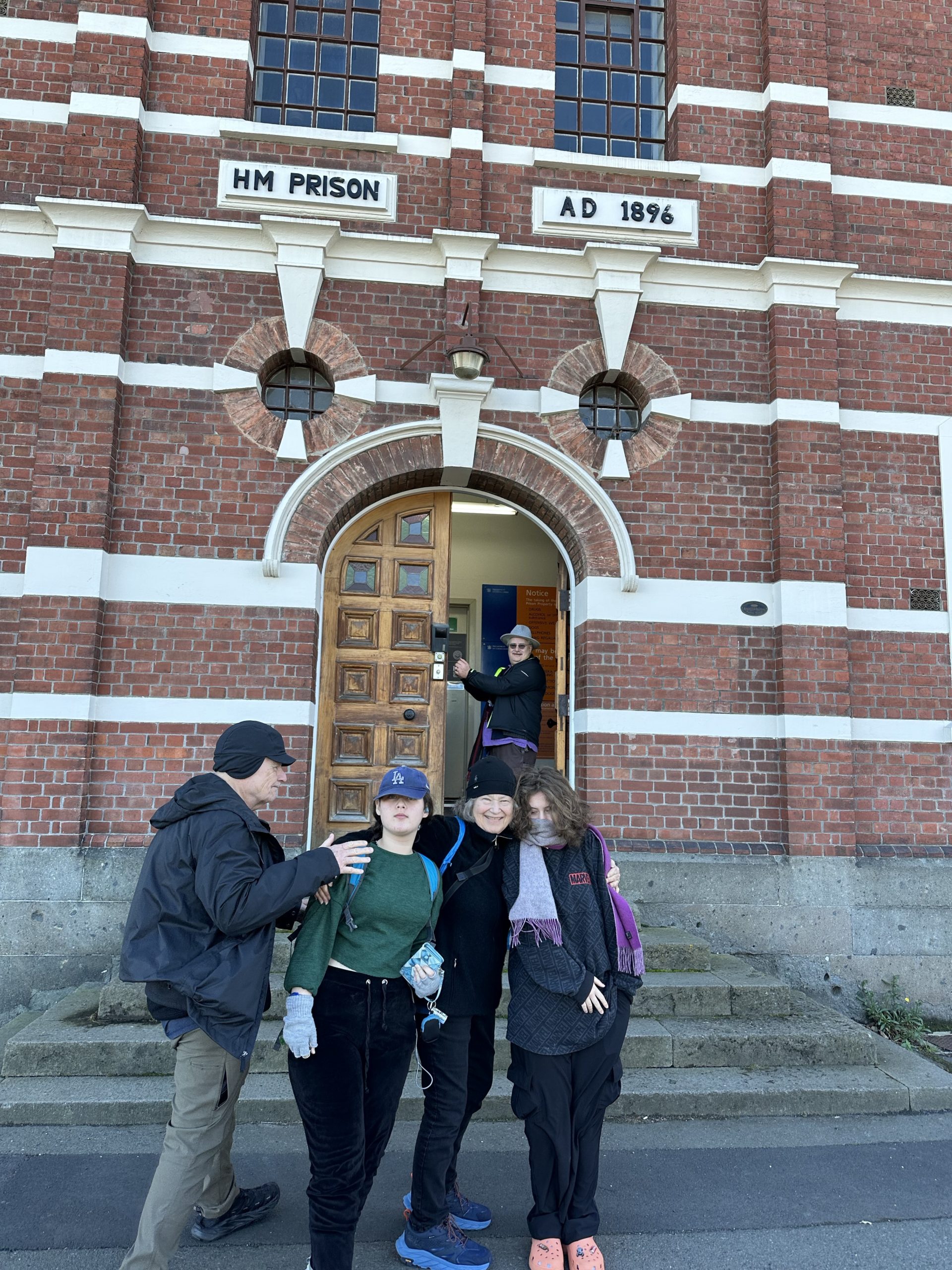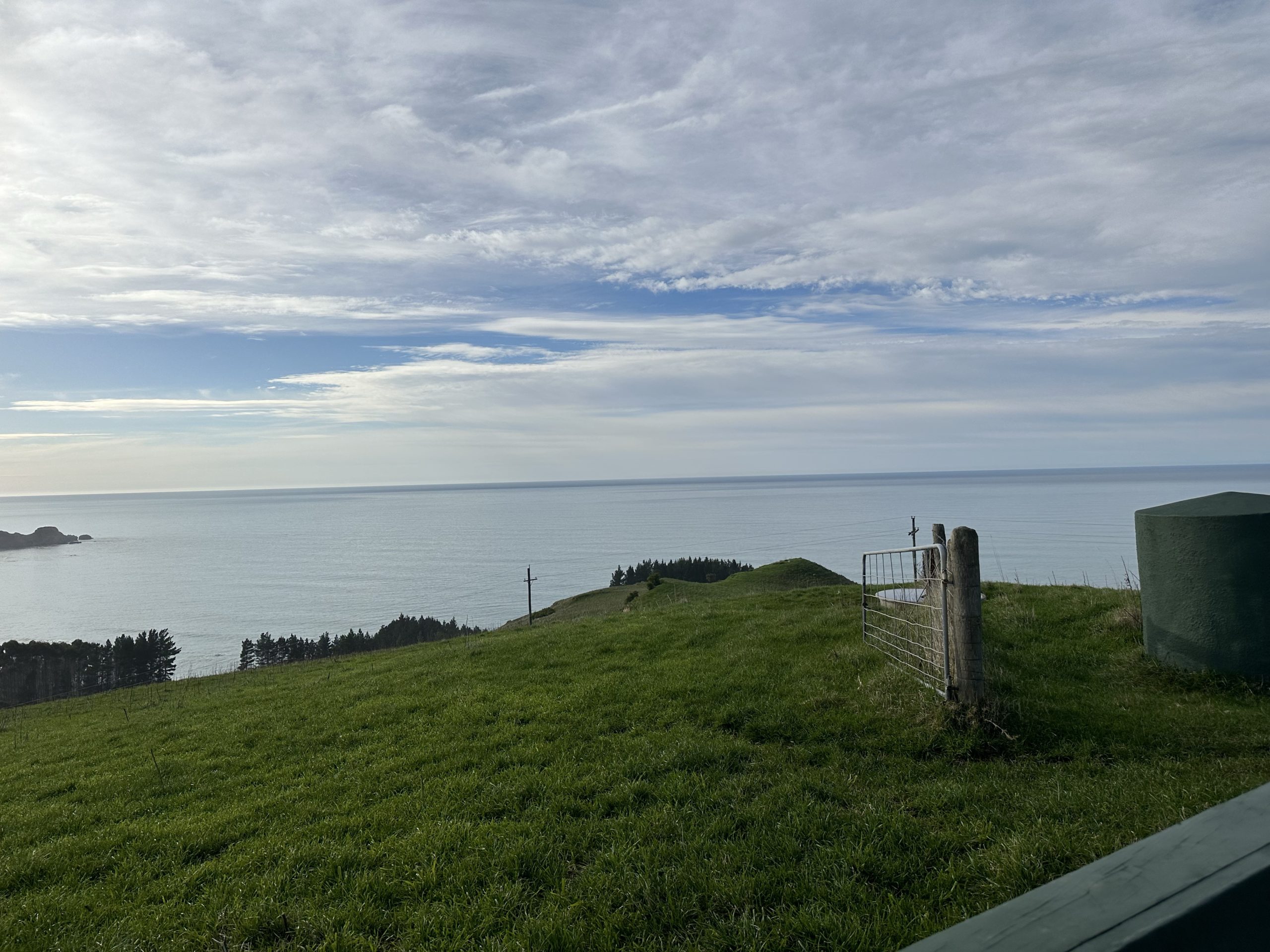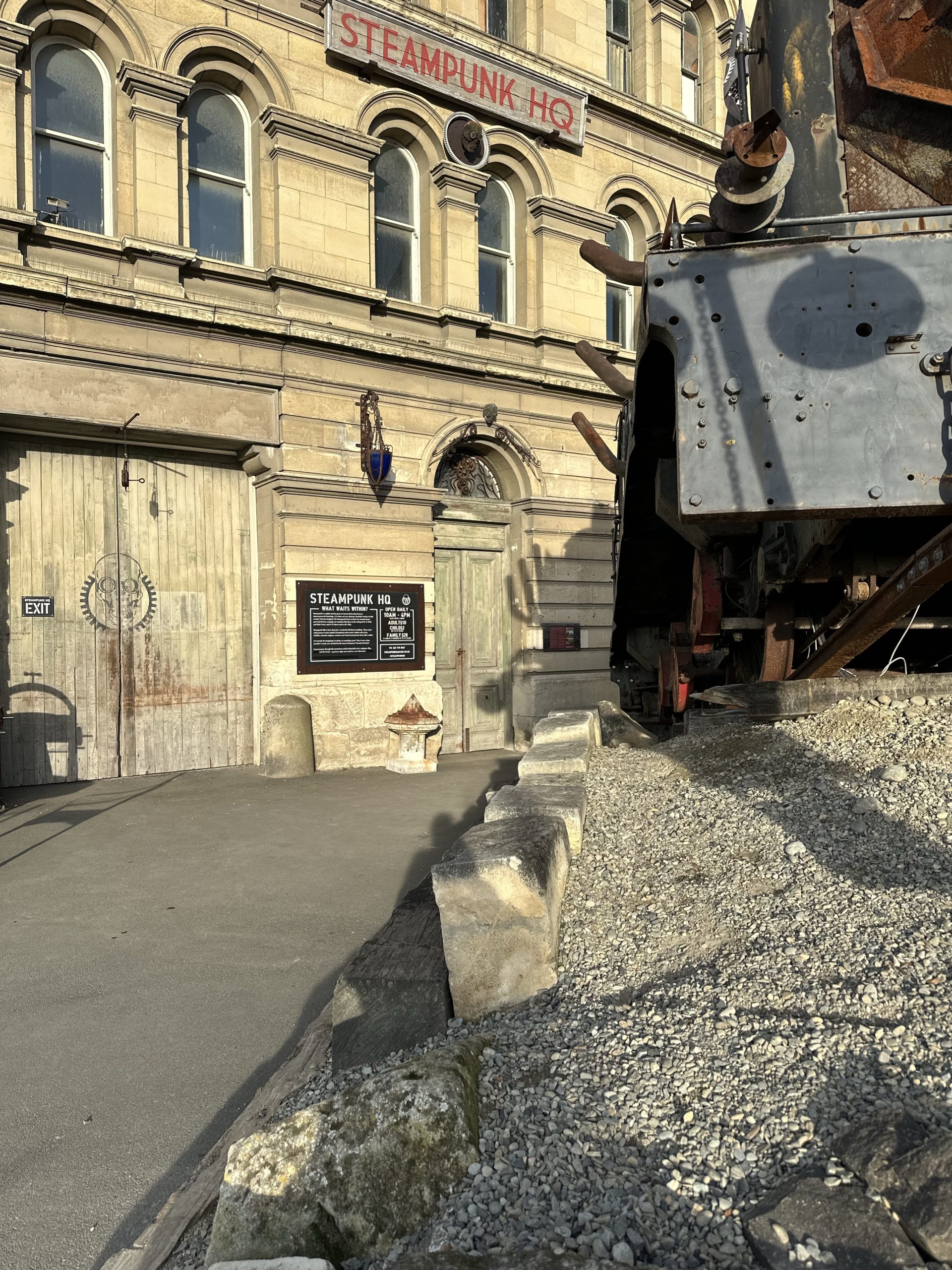
We sweep through the Fulda Gap in central Germany, just east of Frankfurt, as we travel from lively Heidelberg to Berlin. The famed German railways have hit hard times, as a (familiar) lack of infrastructural investment over the years has left the tracks and logistical systems unable to keep up with post-pandemic travel, particularly after the introduction of a €50 all-you-can-ride regional train subscription deal introduced recently in Germany. Getting gas and diesel BMWs off the autobahn is a great goal, but maybe a bit more rail investment first would have been a good idea!

Fortunately, our train is not running more than 5 minutes late so far and, even better, we have not been annihilated by battlefield nukes!
Time Machine: thirty two years ago, this spot was the most likely touchpoint for World War III. During the Cold War (1945-1991), this landscape of valleys and hills and pleasant farmland was essentially the border between NATO (the US and its allies) and the “Warsaw Pact” (the Soviets under Russia). In Santa Monica, war planners under RAND, along with their counterparts throughout the military industrial establishment, painted a terrifying scenario of Soviet tanks flooding west toward Frankfurt and then France. Given the imposing numbers of Soviet tanks (T-72s and their ilk, which vastly outnumbered NATO tanks), the West would have to stop that blitzkrieg through some desperate means. That led to the development of nuclear artillery shells (not an ordinance that gets fired twice), not to mention Apache helicopters and A-10 attack aircraft (both designed to try to slow that Soviet tank onslaught). Almost inevitably, at that point escalation to full-blown nuclear war would end the world (except for the cockroaches, which don’t mind hard radiation so much).
There should be a big museum to commemorate the horrible history that never happened here.
Instead, those same T-72s flooded across the plains of Ukraine, aimed not through the Fulda Gap, but toward Kiev. Shockingly, many of them were then successfully blown apart by Ukraine’s vastly outnumbered defensive forces. World’s still not over, at least for the moment, thank goodness!
I should note that this landscape is also where Napoleon’s French armies swept through when attempting to take over Europe in the 1810s… And where they retreated again after they lost.
It is also where Grandpa Bernie and his US Army compatriots advanced through Germany as they liberated the very few survivors of the Nazi death camps in 1945. (Buchenwald, for example, is about an hour ahead of us on our route to Berlin.)
As we roll on through the former East Germany (German “Democratic” “Republic”), Lil points out the concrete Soviet Brutalist architecture emerging here and there amongst the villages we pass.
History has left its marks in faded, but still legible layers, like a palimpsest.










































